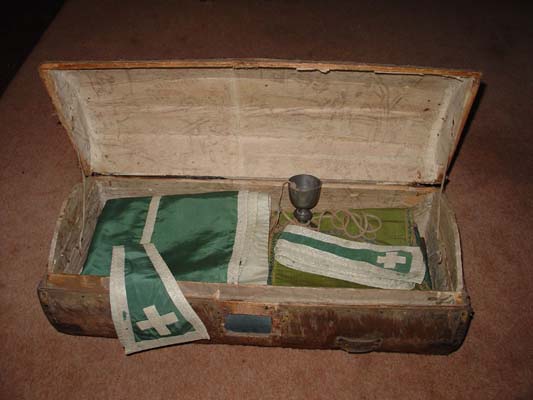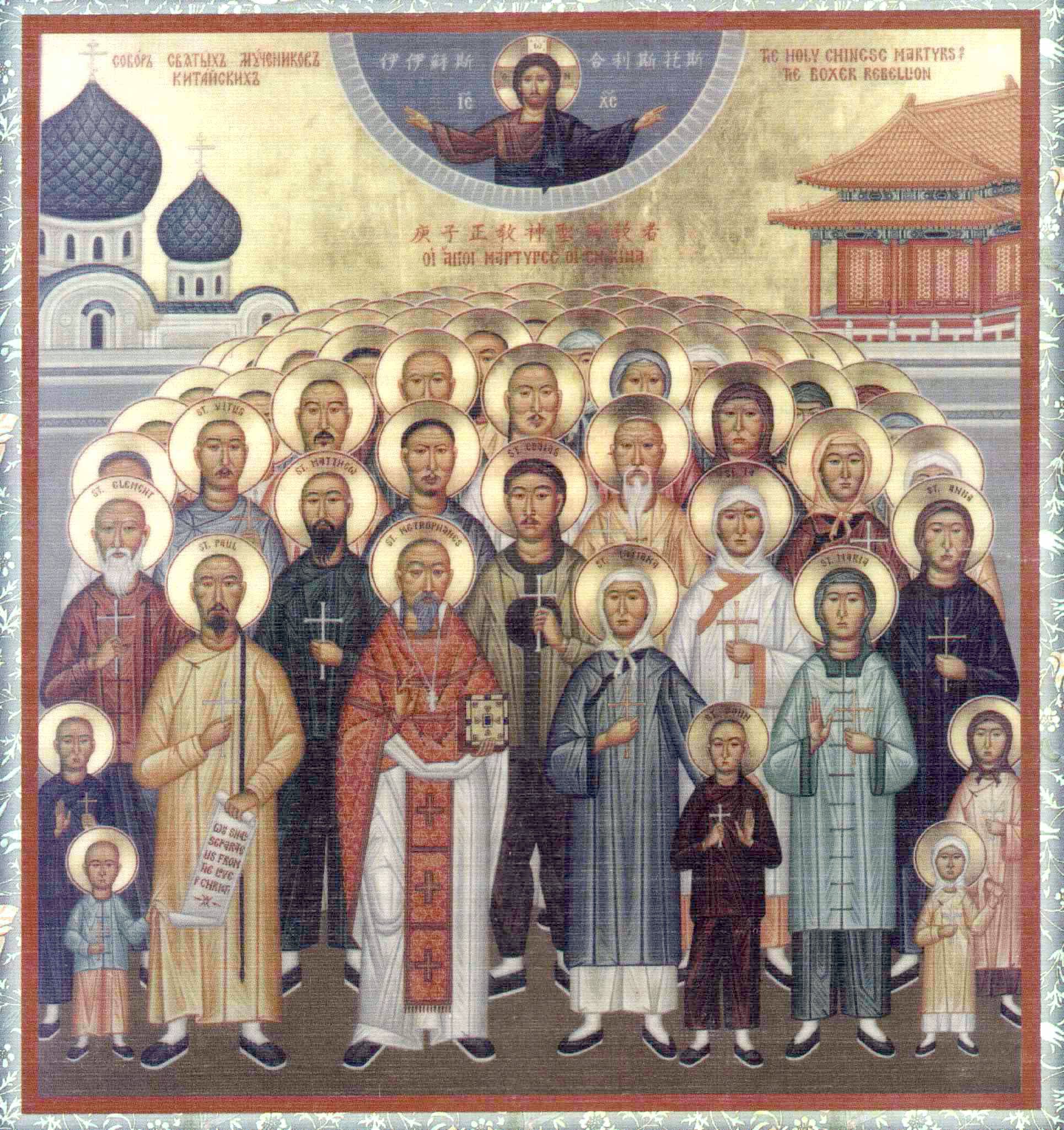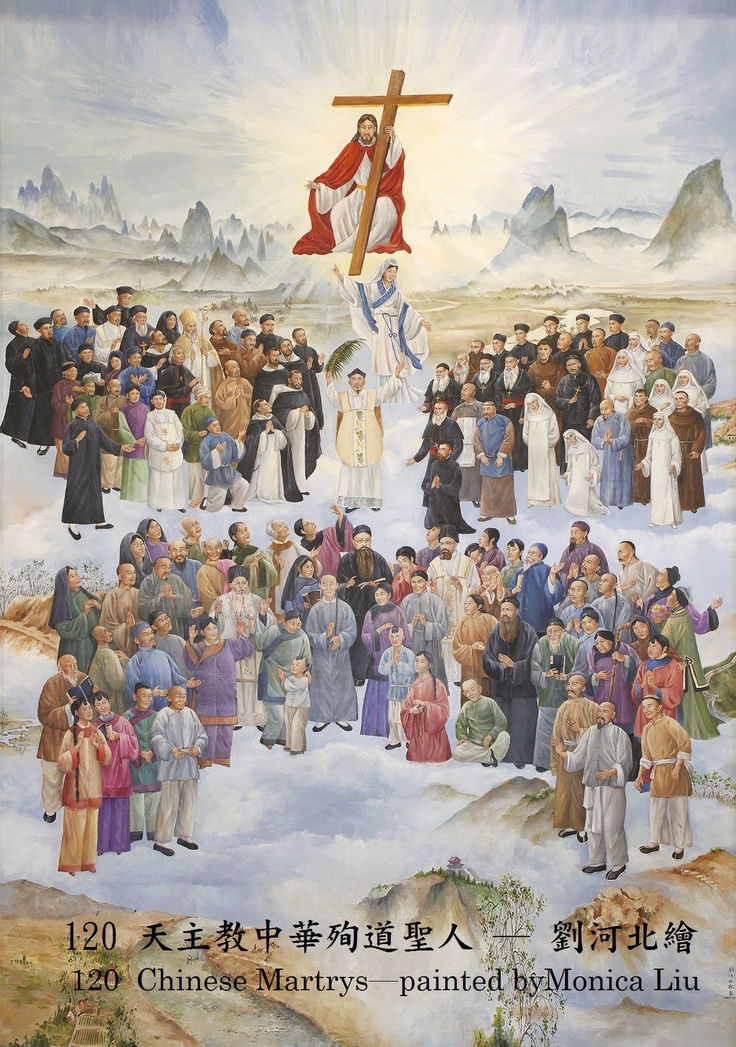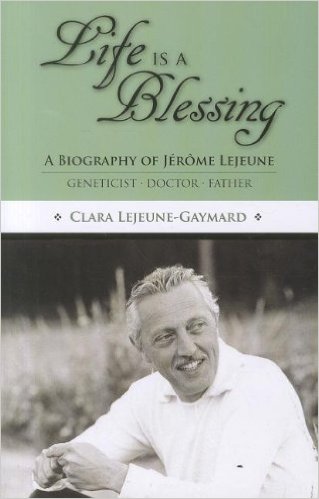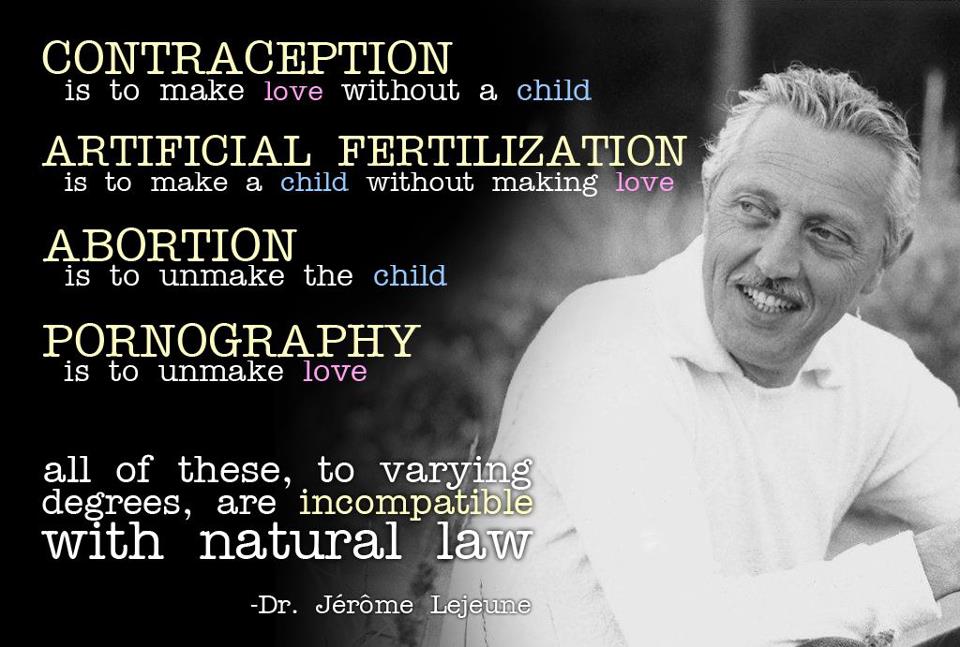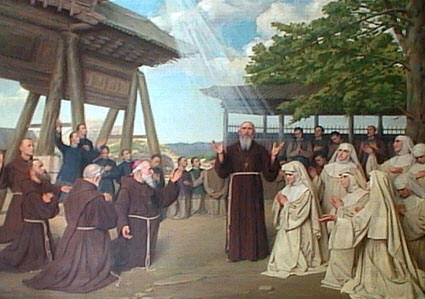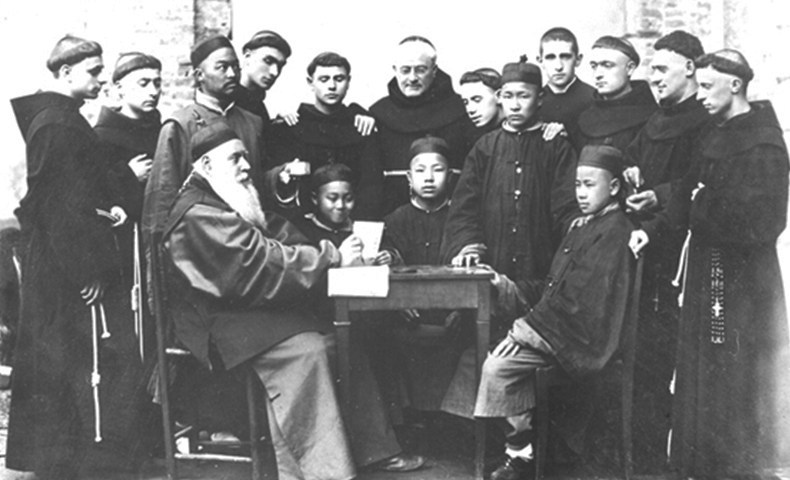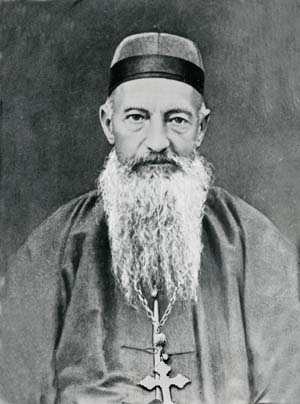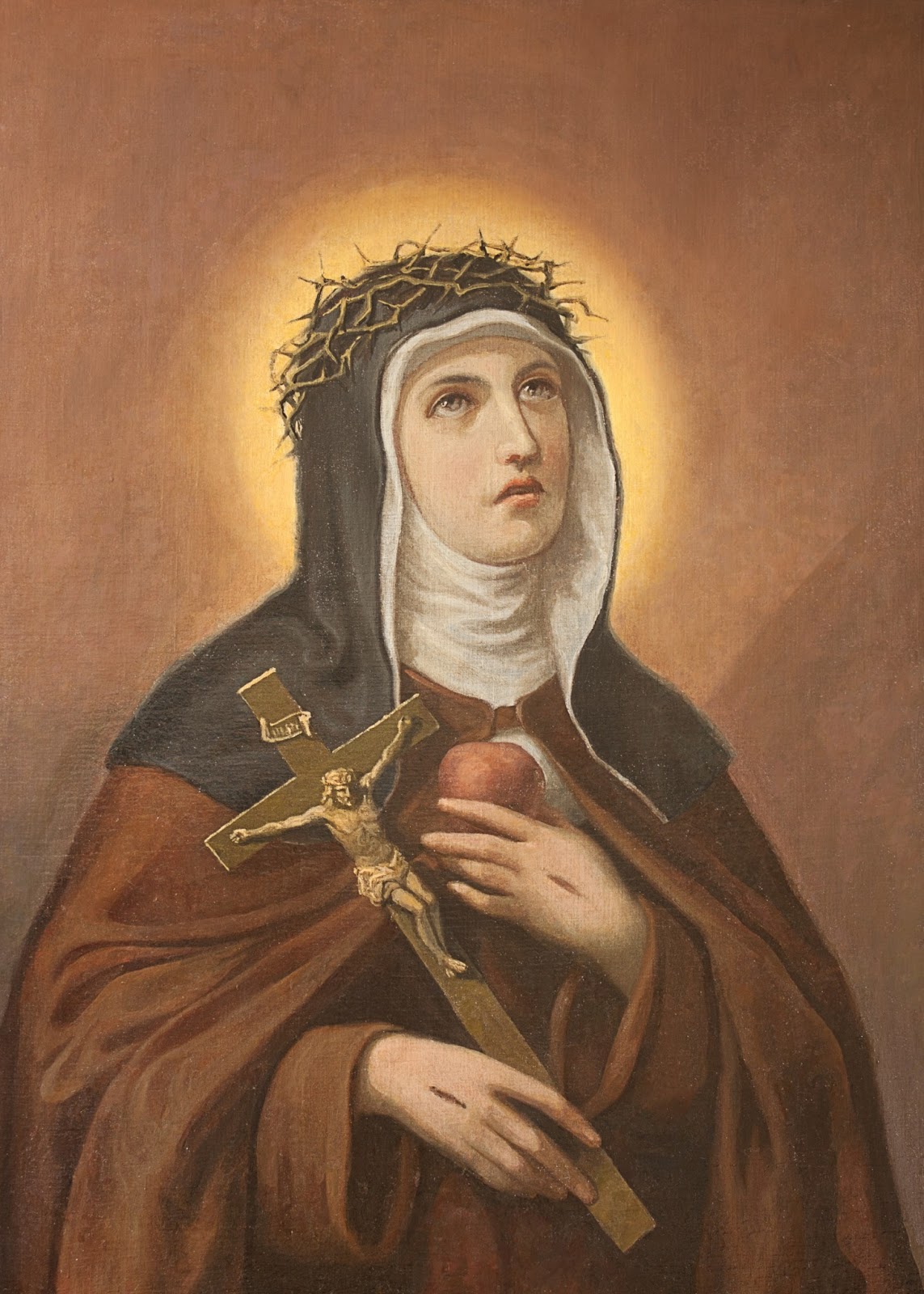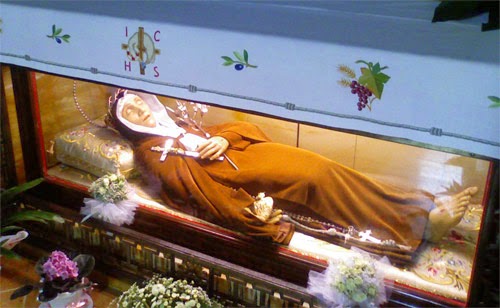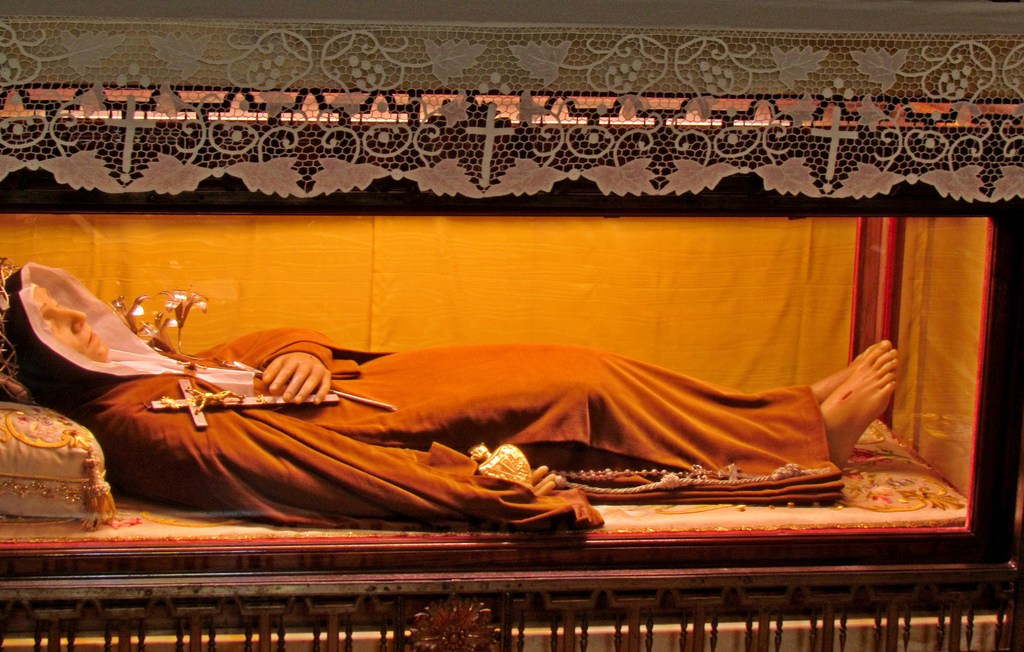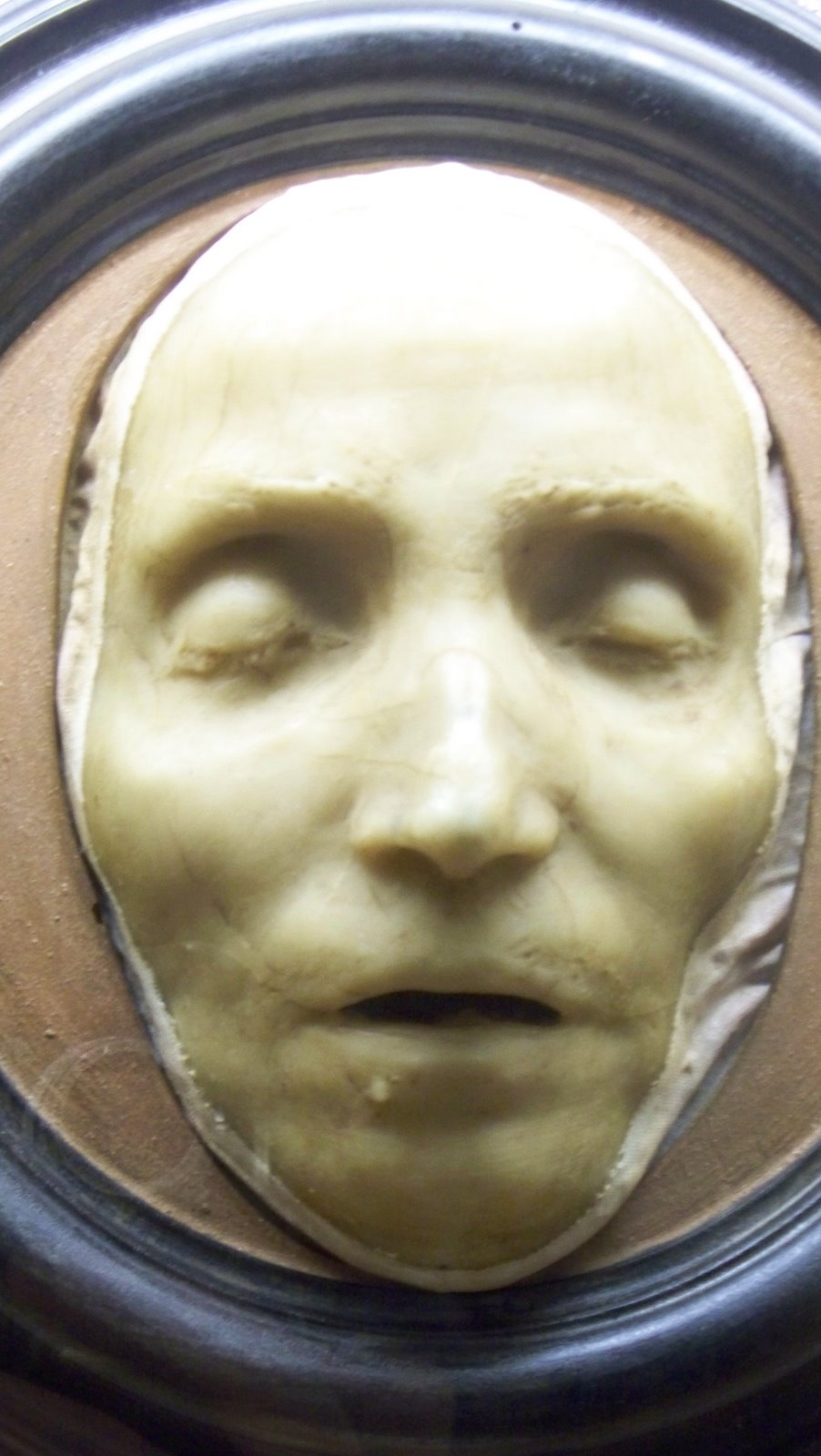-n.b. the Latin inscription on the enflamed Heart of God St John is holding, which is difficult to read in this image, says “Cor Jesu et Mariae fornax amoris”, his thumb is covering the “amo” in “amoris”, a prime example of why much contextual training in interpreting, appreciating art is absolutely required, when the artist in 1673 would just assume when the literate devotee would view, would immediately know what was intended, albeit un-illustrated, hidden. “The Heart of Jesus and Mary, furnace of love”
As many of you know, the McCormick family has a very special devotion to the Sacred Heart. I cannot remember a time as a child when my parents and I did not end our grace before meals w/out “O Sacred Heart of Jesus, we place our trust in Thee!” Modern (17th century until the present) devotion to the Sacred Heart was a response to Jansenism.
Jansenism is a Catholic heresy, condemned by Pope Innocent X in 1655, and was a product of the Counter-Reformation. Jansenism emphasizes original sin, human depravity, the necessity of divine “efficacious grace” as it relates to the free will, and predestination. It is a form of Catholic Calvinism. It’s principal architect was the Dutch theologian Cornelius Otto Jansen. It held sway over Catholic thought, and strains can still be found, between the 16th-18th centuries.
Born on a farm in northern France, John died at 79 in the next “county” or department. In that time he was a religious, a parish missionary, founder of two religious communities and a great promoter of the devotion to the Sacred Heart and the Immaculate Heart of Mary. He joined the religious community of the Oratorians and was ordained a priest at 24. During severe plagues in 1627 and 1631, he volunteered to care for the stricken in his own diocese. Lest he infect his fellow religious, he lived in a huge cask in the middle of a field during the plague.
At age 32, John became a parish missionary. St John Eudes was dedicated and worked towards “restoring the priestly order to its full splendor” in his time. His gifts as preacher and confessor won him great popularity. He preached over 100 parish missions, some lasting from several weeks to several months.
In his concern with the spiritual improvement of the clergy, he realized that the greatest need was for seminaries. He had permission from his general superior, the bishop and even Cardinal Richelieu to begin this work, but the succeeding general superior disapproved. After prayer and counsel, John decided it was best to leave the religious community. The same year he founded a new one, ultimately called the Eudists (Congregation of Jesus and Mary), devoted to the formation of the clergy by conducting diocesan seminaries. The new venture, while approved by individual bishops, met with immediate opposition, especially from Jansenists and some of his former associates. John founded several seminaries in Normandy, but was unable to get approval from Rome (partly, it was said, because he did not use the most tactful approach). Fr. John Eudes was a disciple of St Vincent de Paul.
In his parish mission work, John was disturbed by the sad condition of prostitutes who sought to escape their miserable life. Temporary shelters were found but arrangements were not satisfactory. A certain Madeleine Lamy, who had cared for several of the women, one day said to him, “Where are you off to now? To some church, I suppose, where you’ll gaze at the images and think yourself pious. And all the time what is really wanted of you is a decent house for these poor creatures.” The words, and the laughter of those present, struck deeply within him. The result was another new religious community, called the Sisters of Charity of the Refuge.
St John Eudes is probably best known for the central theme of his writings: Jesus as the source of holiness, Mary as the model of the Christian life. His devotion to the Sacred Heart and to the Immaculate Heart of Mary led Pius XI to declare him the father of the liturgical cult of the Hearts of Jesus and Mary.
“Continual submission to the holy will of God is the most universal of all virtues. Its practice should be most familiar to you, since at every moment there arise opportunities of renouncing your own will and submitting to the will of God.”
— St. John Eudes
“The road to Hell is paved with the skulls of bishops.” – St. John Eudes
“Offer your heart to the Mother of God and to all the saints that you may know and live their sentiments towards the things of the world. Beg them to destroy within your own soul by the power God has given them, any attachment you may have for the world and its pleasures.”
-St. John Eudes
“We are missionaries of mercy, sent by the father of mercy, to distribute the treasures of mercy to those in need.”
–St. John Eudes
“O Heart all loveable and all loving of my Savior, be the Heart of my heart, the Soul of my soul, the Spirit of my spirit, the Life of my life and the sole principle of all my thoughts, words and actions, of all the faculties of my soul and of all my senses, both interior and exterior. Amen.” -St John Eudes
“Undertake courageously great tasks for God’s glory, to the extent that He’ll give you power and grace for this purpose. Even though you can do nothing on your own, you can do all things in Him. His help will never fail you if you have confidence in his goodness. Place your entire physical and spiritual welfare in His hands. Abandon to the fatherly concern of His divine providence every care for your health, reputation, property, and business; for those near to you; for your past sins; for your soul’s progress in virtue and love of Him; for your life, death, and especially your salvation and eternity—in a word, all your cares. Rest in the assurance that in His pure goodness, He’ll watch with particular tenderness over all your responsibilities and cares, arranging all things for the greatest good.”
—St. John Eudes, p. 363, A Year with the Saints
“Holiness is the wholehearted openness to the love of God. It is visibly expressed in many ways, but the variety of expression has one common quality: concern for the needs of others. In John’s case, those who were in need were plague-stricken people, ordinary parishioners, those preparing for the priesthood, prostitutes and all Christians called to imitate the love of Jesus and His mother.”
(www.americancatholic.org for Aug 19, Feast of St John Eudes)
“Our wish, our object, our chief preoccupation must be to form Jesus in ourselves, to make His spirit, His devotion, His affections, His desires and His disposition live and reign there. All our religious exercises should be directed to this end. It is the work which God has given us to do unceasingly” (-St. John Eudes, The Life and Reign of Jesus in Christian Souls).
“Let us therefore give ourselves to God with a great desire to begin to live thus, and beg Him to destroy in us the life of the world of sin, and to establish His life within us.”
-St John Eudes
“Father of mercies and God of all consolation, You gave us the loving Heart of your own beloved Son, because of the boundless love by which You have loved us, which no tongue can describe. May we render You a love that is perfect with hearts made one with His. Grant, we pray, that our hearts may be brought to perfect unity: each heart with the other and all hearts with the Heart of Jesus…”
-St John Eudes
“The air that we breathe, the bread that we eat, the heart which throbs in our bosoms, are not more necessary for man that he may live as a human being, than is prayer for the Christian that he may live as a Christian.”
-St John Eudes
“I ask you to consider that our Lord Jesus Christ is your true head and that you are a member of his body. He belongs to you as the head belongs to the body. All that is his is yours: breath, heart, body, soul and all his faculties. All of these you must use as if they belonged to you, so that in serving him you may give him praise, love and glory.”
–St. John Eudes
“Every Saint belongs to the court of the Queen of All Saints.”
-St. John Eudes
“The worthy priest is an angel of purity in mind and body,
a cherub of light and knowledge,
a seraph of love and Charity,
an apostle of zeal in work and sanctity,
a little god on earth in power and authority, in patience and benignity.
He is the living image of Christ in this world,
of Christ watching, praying, preaching, catechizing, working, weeping,
going from town to town, from village to village,
suffering, agonizing,
sacrificing Himself and dying for the souls created to His image and likeness…
He is the light of those who sit in darkness and in the shadow of death.
He is the destroyer of error, schisms and heresies,
the converter of sinners,
the sanctifier of the just,
the strength of the weak,
the consolation of the afflicted,
the treasure of the poor.
He is the confusion of hell,
the glory of heaven,
the terror of demons,
the joy of angels,
the ruin of Satan’s kingdom,
the establishment of Christ’s empire,
the ornament of the Church…”
Prayer for the intercession of St John Eudes
Father, You chose the priest John Eudes to preach the infinite riches of Christ. By his teaching and example help us to know You better and live faithfully in the light of the Gospel. Grant this through our Lord Jesus Christ, Your Son, Who lives and reigns with You and the Holy Spirit, one God, for ever and ever. Amen.
Love,
Matthew





